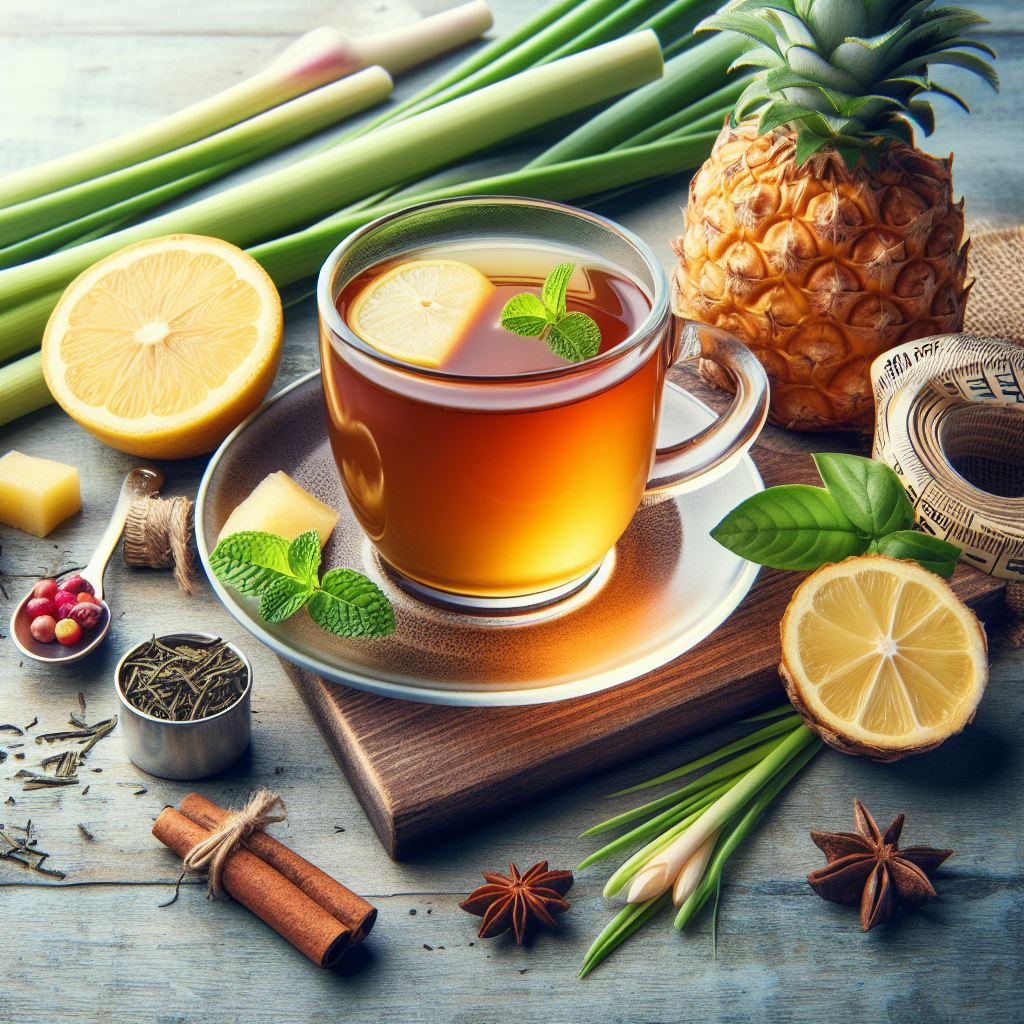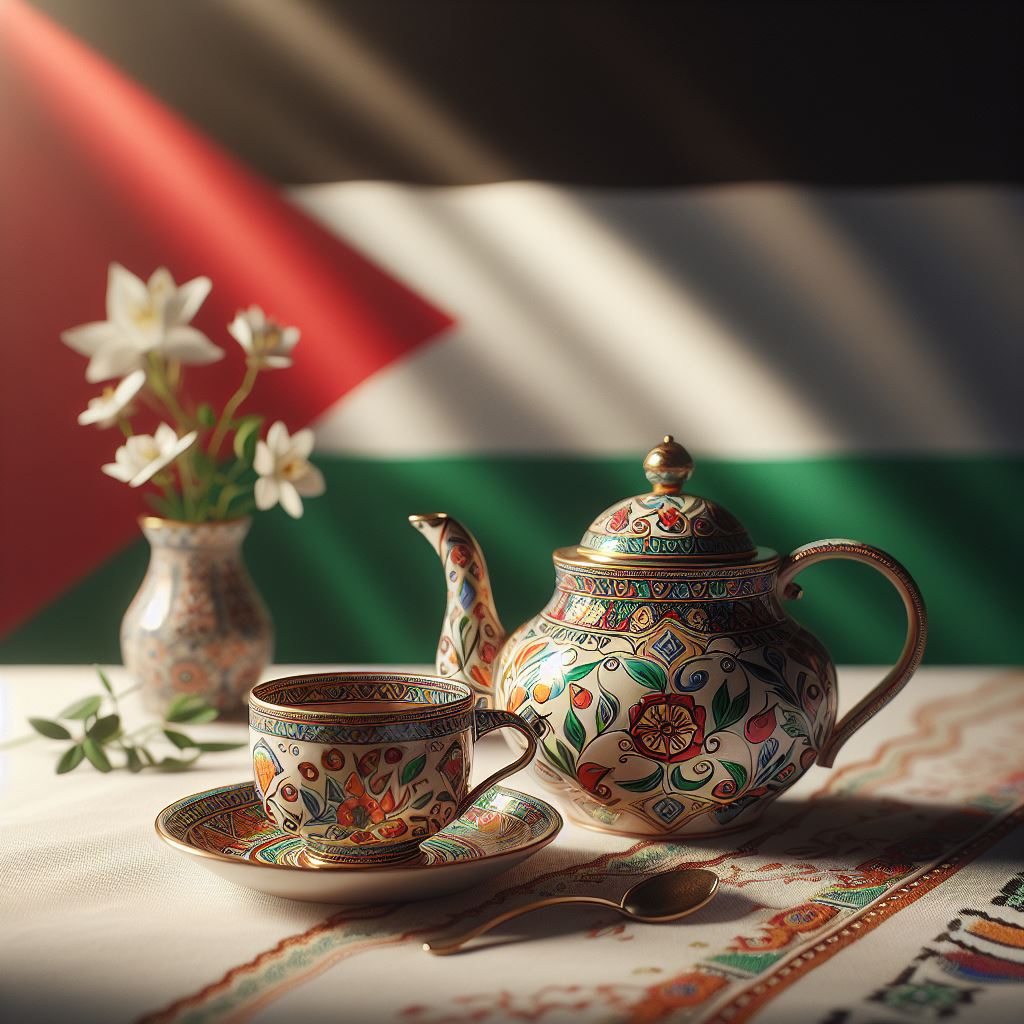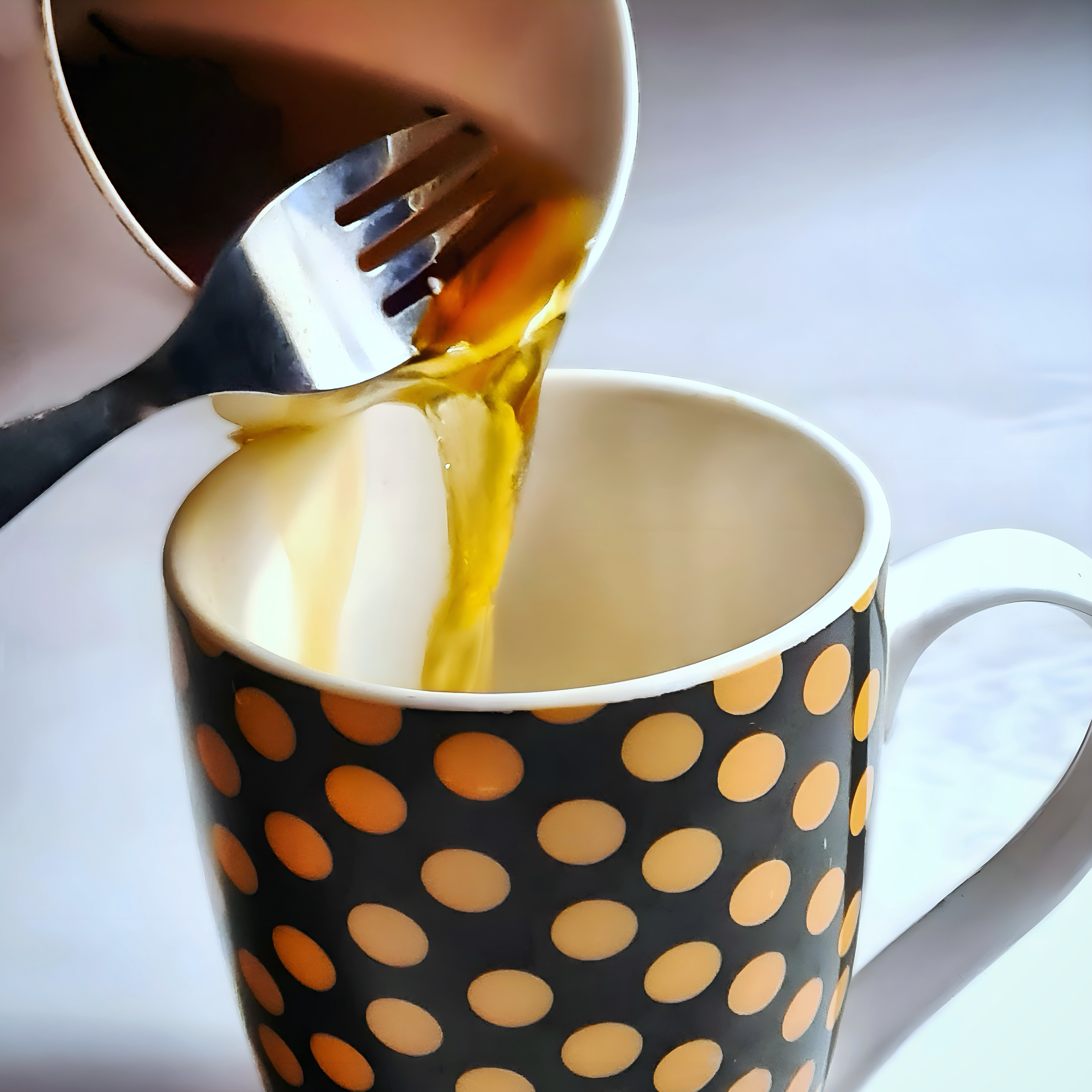If you are a tea lover, you know that there is nothing like a good cup of loose leaf tea. Loose leaf tea offers more variety, complexity, and freshness than tea bags, and it can be a source of joy and relaxation. But how can you make sure that you are getting the best out of your loose leaf tea? How can you enhance its quality and flavour and avoid common mistakes that can ruin your tea experience?

How to Improve the Quality and Flavour of Your Loose Leaf Tea
In this blog post, we will share with you some tips and tricks on how to improve the quality and flavour of your loose leaf tea. We will cover four main aspects that can affect your tea: temperature, quantity, brewing time, and storage. By following these simple guidelines, you will be able to enjoy your loose leaf tea to the fullest and discover new nuances and aromas in every cup.
Temperature when Brewing Loose Leaf Tea leaves
One of the most important factors that can affect the quality and flavour of your loose leaf tea is the temperature of the water you use to brew it. Different types of tea require different water temperatures to bring out their best characteristics. If the water is too hot, it can scorch the tea leaves and make them bitter and astringent. If the water is too cold, it can prevent the tea leaves from releasing their full flavour and aroma.
The ideal water temperature depends on the type of tea you are brewing. As a general rule:
- Black teas are brewed with near-boiling water (around 95°C or 203°F)
- Green teas are brewed with lower temperatures (around 70–80°C or 158–176°F).
- Oolong teas and white teas fall somewhere in between, depending on their oxidation level and processing method.
- Herbal teas and tisanes can usually handle boiling water without any problem.
To achieve the right water temperature, you can use a thermometer or an electric kettle with temperature settings. Most Kettles will boil at 100°C. Alternatively, you can boil the water and then let it cool down for a few minutes before pouring it over the tea leaves. You can also look for visual cues such as bubbles or steam rising from the water. When in comes to green tea’s and oolong, we like to just add a splash of cold water to the mug before pouring in the hot water, preventing the leaves from burning.
Additionally, using clean and filtered water is important for taste of your tea. A tea is made up of mostly water, so using the right kind of water can have a big impact on the taste!
Quantity of Tea
Another factor that can affect the quality and flavour of your loose leaf tea is the quantity of tea leaves you use per cup. Too much tea can result in a strong, bitter, and overpowering brew, while too little tea can result in a weak, bland, and watery brew.
The ideal quantity of tea leaves depends on the type of tea you are brewing, as well as your personal preference. Some teas are more potent than others and require less leaves per cup. Some people like their tea stronger or weaker than others and adjust the amount accordingly.

As a general rule, you can use one heaped teaspoon (about 1-2 grams) of loose leaf tea per cup (about 250 ml) of water. However, this may vary depending on the size and shape of the tea leaves. For example, large or curly leaves may take up more space than small or broken leaves, so you may need to use more or less than a teaspoon. You can also use a scale or a measuring spoon to measure the exact amount of tea leaves if you are a perfectionist!
The best way to find out how much tea you need is to experiment with different quantities and see what works best for you. You can also follow the recommendations on the packaging of your loose leaf tea or consult with your tea vendor for more guidance.
Brewing Time

The third factor to affect the quality and flavour of your loose leaf tea is the steeping time. This is the amount of time you let the tea leaves infuse in the hot water. This can have a significant impact on the taste, aroma, colour, and strength of your tea.
The ideal brewing time depends on the type of tea you are brewing, as well as your preference. Different types of tea have different optimal steeping times to extract their best qualities. If you brew your tea for too long, it can become bitter and unpleasant. If you brew your tea for too short, it becomes weak and flavourless.
As a general rule, black teas are brewed for 3 to 5 minutes, green teas are brewed for 2 to 3 minutes, oolong teas are brewed for 3 to 4 minutes, white teas are brewed for 2 to 4 minutes, and herbal teas are brewed for 5 to 10 minutes. However, this may vary depending on the quality and style of the tea leaves. Some teas can withstand longer steeping times without becoming bitter, while others need shorter steeping
Storage for Loose Leaf Tea
The fourth and final factor that can affect the quality and flavour of your loose leaf tea is the storage. How you store your tea can have a big impact on its freshness, aroma, and shelf life. If you store your tea properly, you can preserve its quality and enjoy it for a very long time. If you store your tea poorly, you can ruin its quality and waste your money.
The main enemies of tea are air, light, heat, moisture, and odours. These elements can degrade the tea leaves and cause them to lose their flavour and aroma. To avoid this, you should store your tea in an airtight, opaque, and dry container. You should also keep your tea away from heat sources, direct sunlight, and strong smells.
Some good options for storing your tea are metal tins, ceramic jars, or glass jars with tight lids. You can also use resealable plastic bags or pouches, but make sure they are thick and sturdy enough to prevent air and light from entering. Be sure to label your containers with the name and date of purchase of your tea, so you can keep track of its freshness.
Storing your tea in a cool and dark place, such as a cupboard or a pantry can be suitable. You should avoid storing your tea in the fridge or the freezer, as this can cause condensation and moisture to form inside the container. Avoid storing your tea near spices, coffee, or other foods that have strong odours, as this can affect the taste of your tea.
By following these simple storage tips, you can extend the shelf life of your loose leaf tea and enjoy its full flavour and aroma for months or even years.
Conclusion
Loose leaf tea is a wonderful beverage that can offer you a variety of flavours, aromas, and benefits. However, to get the most out of your loose leaf tea, you need to pay attention to some factors that can affect its quality and flavour. These factors are temperature, quantity, brewing time, and storage.
By following the guidelines we shared with you in this blog post, you can improve the quality and flavour of your loose leaf tea and make every cup a satisfying and enjoyable experience. You can also experiment with different types of tea, water temperatures, steeping times, and sweeteners to find your perfect cup of tea.
We hope you found this blog post useful and informative. If you have any questions or comments about loose leaf tea, feel free to contact us or leave a comment. We would love to hear from you!
If you liked this post, you may find our other tips useful:
- How to Make a Rose Syrup Tea Latte
- Drinking Tea on an Empty Stomach: Why it’s Bad
- Tea for Asthma: The Best Herbal Teas to Ease Breathing
- Green Tea Pre Workout: The Best Naturally Powerful Boost
- How to Use a Teapot Like a Pro: A Complete Guide
Sources:
- Wikihow.com has an easy to follow, step-by-step guide on improving the flavour of your tea. How to Make Tea With More Flavor: 13 Steps (with Pictures) (wikihow.com)





Leave a Comment